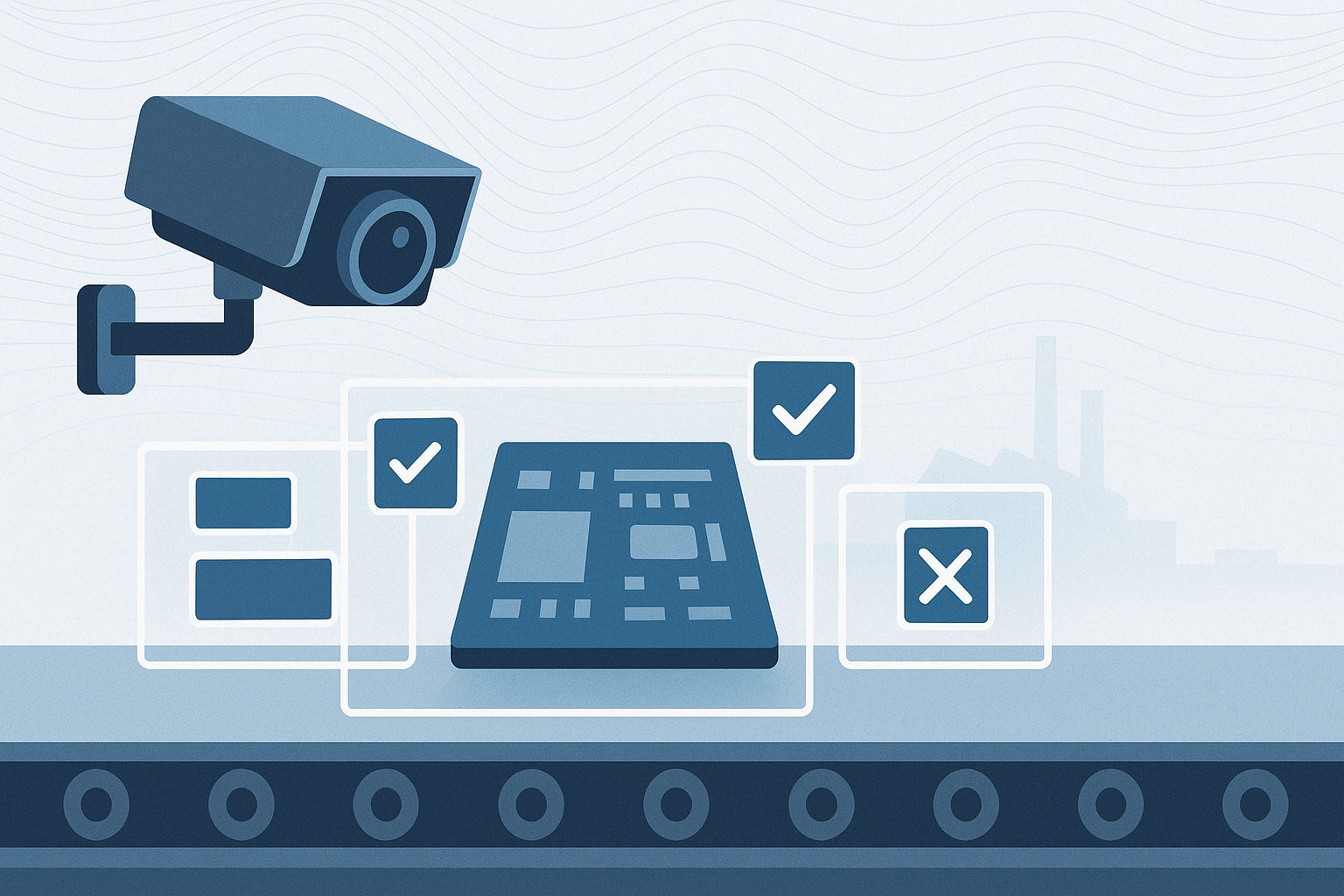 Download Here
Download HereBlackhorn Ventures is proud to announce our investment in Tristar AI, leading a $2.7M round alongside existing investors to accelerate commercial momentum following a recent go-to-market inflection. This capital positions the company for scaled growth in advance of its upcoming Series A.
Investing in the Next Generation of Industrial Operations
There’s a case to be made that US manufacturing in 2025 is on the verge of a cultural inflection point. “Reindustrialization” has become a buzz word, and tech companies are working in old-line industries with unprecedented support from media, leading investors, and the government. At Blackhorn Ventures, we have long believed that the next leap in manufacturing resource efficiency will come from technologies that bring real-time visibility, intelligence, and adaptability to the factory floor. Today, we’re thrilled to announce our investment in Tristar AI, which is transforming quality assurance and operator-machine intelligence in manufacturing. Tristar AI provides software solutions that help ensure the availability, reliability, and quality of products for America's most critical organizations.
"Reindustrialization is more than rebuilding infrastructure, it's about reigniting belief in what's possible. This is our moment to shape a new era of industry but also this generation's identity."
-Gregory Bernstein, Co-Founder of Reindustrialize Conference
Origin Story: Built By and For the Factory Floor
For Tristar AI founder and CEO Salem Karani, manufacturing represents more than just a technical challenge: it is a personal legacy shaped by his deep connections to the factory floor. Salem grew up in a family-run plastics plant in Houston, experiencing the long hours, physical demands, and constant effort required to succeed in American manufacturing. Contending with fluctuating oil prices, low-cost overseas labor, and rising input costs, his family’s manufacturing company and namesake for his start-up–Tristar Packaging–learned that even the smallest operational gains could mean the difference between profit and loss.
Drawing on his personal experience on the factory floor, and advanced AI research at MIT and Harvard, Salem recognized the opportunity to transform quality control in manufacturing. His insight was that even with significant automation, manual inspection and a lack of real-time data continued to limit efficiency and consistency on production lines. Salem founded Tristar AI to empower manufacturers with cutting-edge computer vision and edge AI for advanced defect detection and human action modeling. By delivering instant, actionable insights to operators and supervisors, the company helps manufacturers reduce inspection costs, optimize yield, and maintain consistent product quality.
The Status Quo: “Human Blind Spots” Limit Automation’s Promise
Although the manufacturing industry has seen decades of advances in robotics, sensors, and ERP software, many critical activities on the shop floor remain difficult to monitor and improve. Operator motion, adherence to SOPs, and root-cause discovery are still tracked by manual logs, shift notes, or post-mortem analyses that can lag behind what is actually happening.
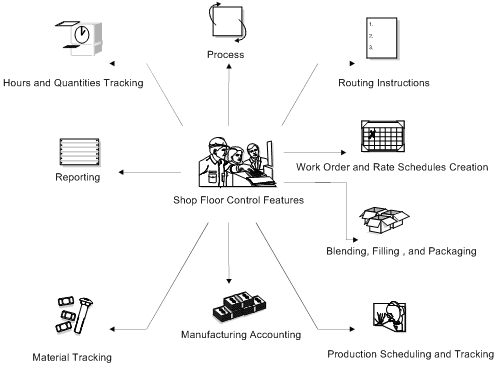
(Image 1: Factory shop floor control)
The resulting gap is costly: Independent studies estimate that poor quality costs U.S. manufacturers roughly 15% of sales, while equipment-related downtime alone may cost the industry over $800 billion annually, or about 8% of total output (ISA). Problems with quality, as well as unplanned downtime, are generally not uncovered until hours or even days after they occur. As skilled labor becomes increasingly scarce and expensive, the need for real-time visibility into operations is growing, yet most digital tools remain too rigid to keep pace. Traditional vision systems exemplify this challenge: they are built around fixed hardware setups for narrow inspection tasks, and require significant customization to adapt to changing production needs. Likewise, MES (Manufacturing Execution System) and ERP (Enterprise Resource Planning) solutions lack the flexibility to track live process data generated on the factory floor.
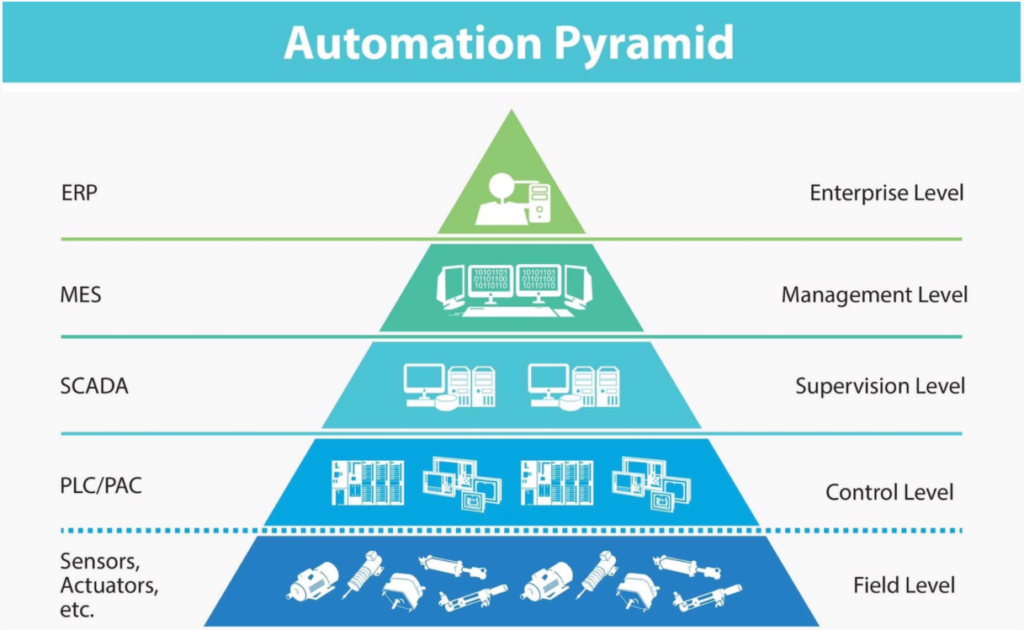
(Image 2: Automation Pyramid)
Tristar’s Solution: Full-Stack, AI-Native, Quality and Operations Control
Tristar solves legacy issues for manufacturers by providing a fully integrated computer vision platform that gives manufacturing teams a real-time view of both people and machines on the shop floor. The Tristar platform combines advanced AI models with off-the-shelf camera hardware and powerful edge computing, enabling seamless monitoring, rapid detection, and actionable insights directly at the source of production. With an intuitive dashboard, operators and supervisors gain immediate feedback on process deviations, quality issues, and compliance with standard operating procedures. The system connects to existing manufacturing infrastructure, offering flexible deployment without complex retrofitting or high IT overhead. By bridging the information gap between human actions and machine performance, Tristar empowers manufacturers to improve productivity, reduce waste, and respond to issues before they escalate.
Tristar has built proprietary foundation models for vision and behavior, developed across multiple manufacturing sectors and designed to be rapidly fine-tuned with customer-specific production data. The platform integrates seamlessly with standard industrial-grade 4K cameras and GPU-optimized edge compute units to deliver reliable detection in under 150 milliseconds. Importantly, the system operates without the need for cloud connectivity, proprietary hardware, or high-bandwidth infrastructure.
In addition, Tristar has developed kinetic motion models that verify operator compliance, detect missed steps, and surface process bottlenecks (Image 3). For the first time, the often-overlooked “operator layer” in factory data is being addressed in a scalable way.
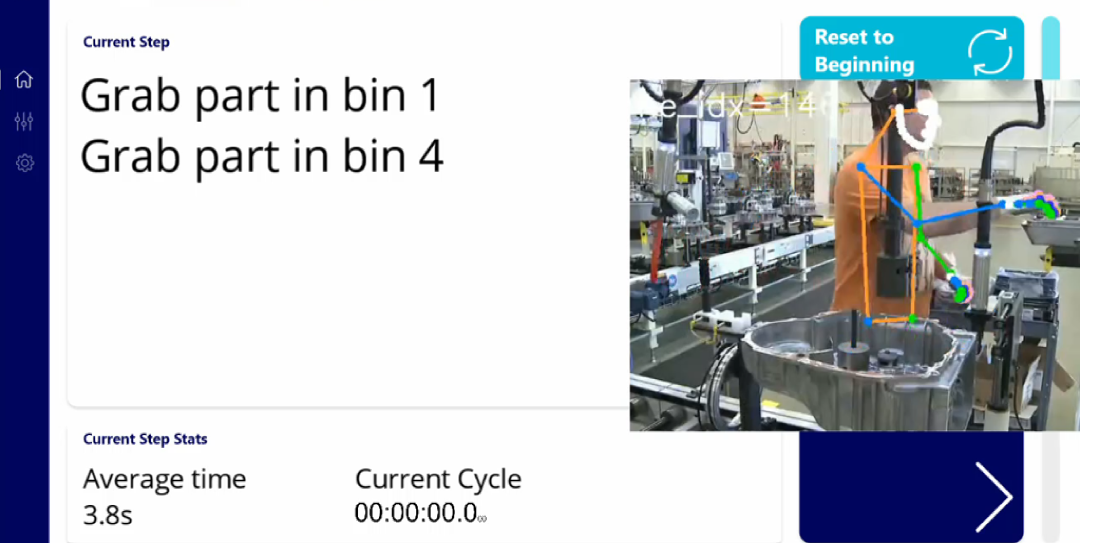
(Image 3: Tristar Demo)
Immediate feedback interfaces help operators take action quickly, while supervisors are able to view dashboards that highlight trends and support real-time interventions (Image 4). ROI analytics make it possible for managers to track savings from reduced waste in real time. With plug-and-play APIs for ERP, MES, and maintenance systems, as well as auditable process logs, the entire factory activity lineage can be traced and reviewed for accountability and improvement.
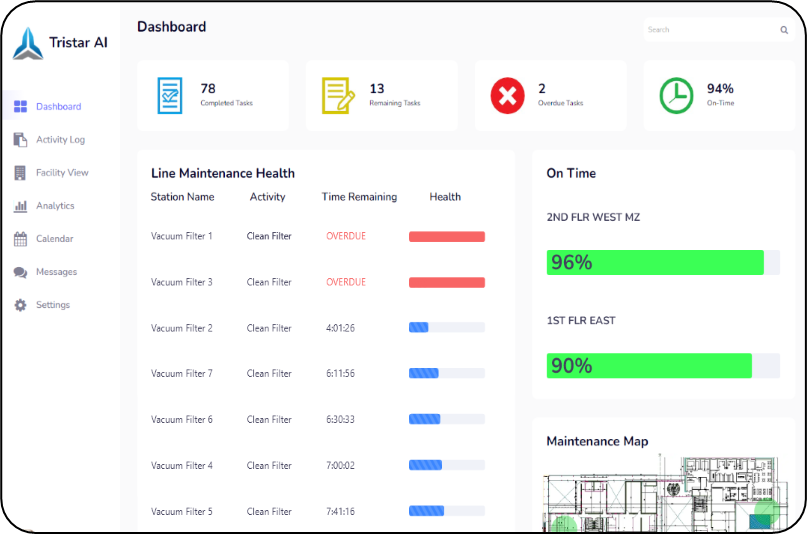
(Image 4: Tristar’s Supervisor Dashboard)
Most importantly, the Tristar system can be deployed in two weeks - and extended to new production lines in days. Customers routinely see measurable ROI in less than a month, offering a dramatic improvement over the traditional inspection or audit-based options.
Tristar outperforms legacy solutions by delivering 95–99% defect detection accuracy, fast and flexible deployment, and real-time insights into both machine performance and operator actions. Unlike competitors that require lengthy setups and deliver lower accuracy, Tristar’s modular platform minimizes setup costs and scales easily across new lines and sites. This combination of advanced defect detection and human action modeling enables manufacturers to boost quality, productivity, and efficiency which drives rapid adoption and expansion among industry leaders.
A Team With Deep Domain Roots
Tristar’s executive team brings a rare blend of technical depth, industrial fluency, and entrepreneurial experience. CEO and Co-Founder Salem Karani has led AI and machine learning initiatives in complex enterprise environments, translating cutting-edge research into practical applications. His co-founder is CPO Jack Liu, who brings expertise in automotive computer vision and supply chain analytics from his time as a technical lead at General Motors. VP of Sales Jarron Sanderson contributes deep operational insight as a former plant owner and manufacturing executive. CTO Justin Au-Yeung complements the team with experience developing and deploying advanced computer vision systems at Raytheon, Capital One, and several high-performance startups.
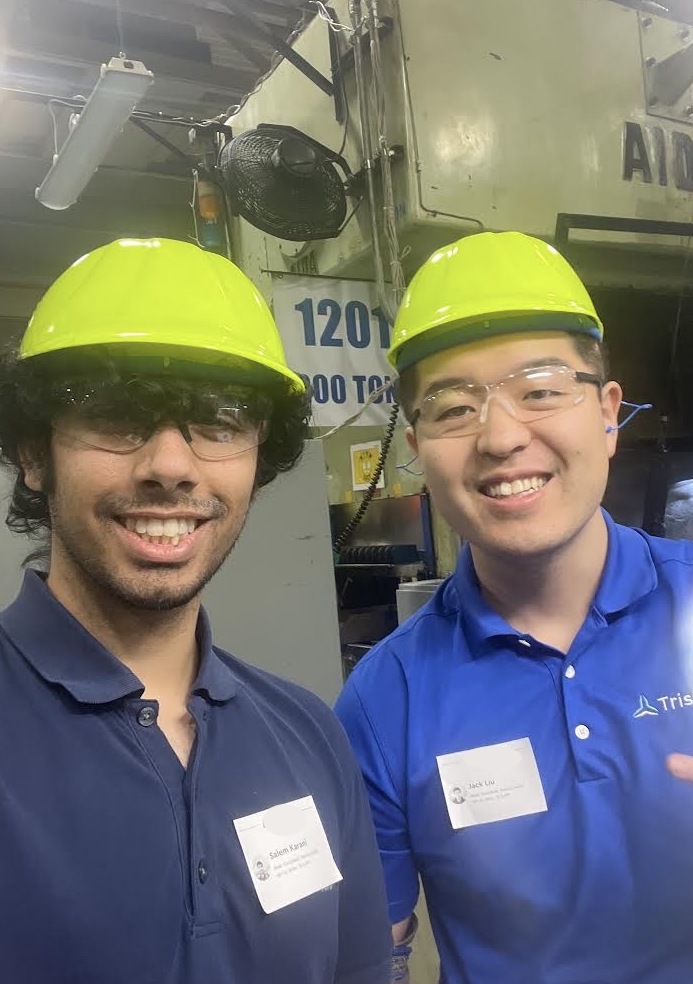
The combination of engineering talent and operator experience enables the team to design with end users in mind, build for production at scale, and iterate quickly based on customer feedback. The Tristar team has the depth, alignment, and execution capability to capitalize on a massive opportunity in industrial AI.
Strategic Fit: Why We’re Excited to Partner
Tristar’s core value proposition and ability to generate immediate waste reduction, material and labor efficiency, aligns directly with Blackhorn’s investment thesis of advancing industrial resource efficiency. The U.S. manufacturing sector is facing a severe labor shortage, with 3.8 million open jobs projected by 2033, and 1.9 million jobs expected to remain unfilled due to skill gaps and an aging workforce1. With nearly 25% of manufacturing workers already 55 or older, much of today’s critical operational knowledge remains undocumented and is at risk of being lost2. Tristar tackles these challenges with a platform that acts as an “always-on digital coach” for operators, embedding expert feedback, streamlining onboarding, and creating a digital memory of best practices. This approach supports rapid operator upskilling and knowledge transfer across shifts and sites. As workforce shortages become more acute, manufacturers need agile, scalable solutions like Tristar to meet rising production demands and seize new opportunities in the booming manufacturing sector.
We’re excited to help the team with channel and customer introductions and pilot integration opportunities across the Blackhorn network. With this new investment, Tristar plans to grow its go-to-market function by building the sales and customer success teams, deepening its foundation model libraries, and expanding into additional industries and geographies. Over the coming years, we’ll work closely together to help Tristar secure its position as the digital system of record for factory operations.
To learn more about Tristar or to see the platform in action, please visit here.



